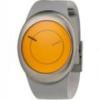When you buy through links on our site, we may earn an affiliate commission.
-
Posts
68 -
Joined
-
Last visited
technobug's Achievements
Newbie (1/15)
0
Reputation
technobug has no recent activity to show


